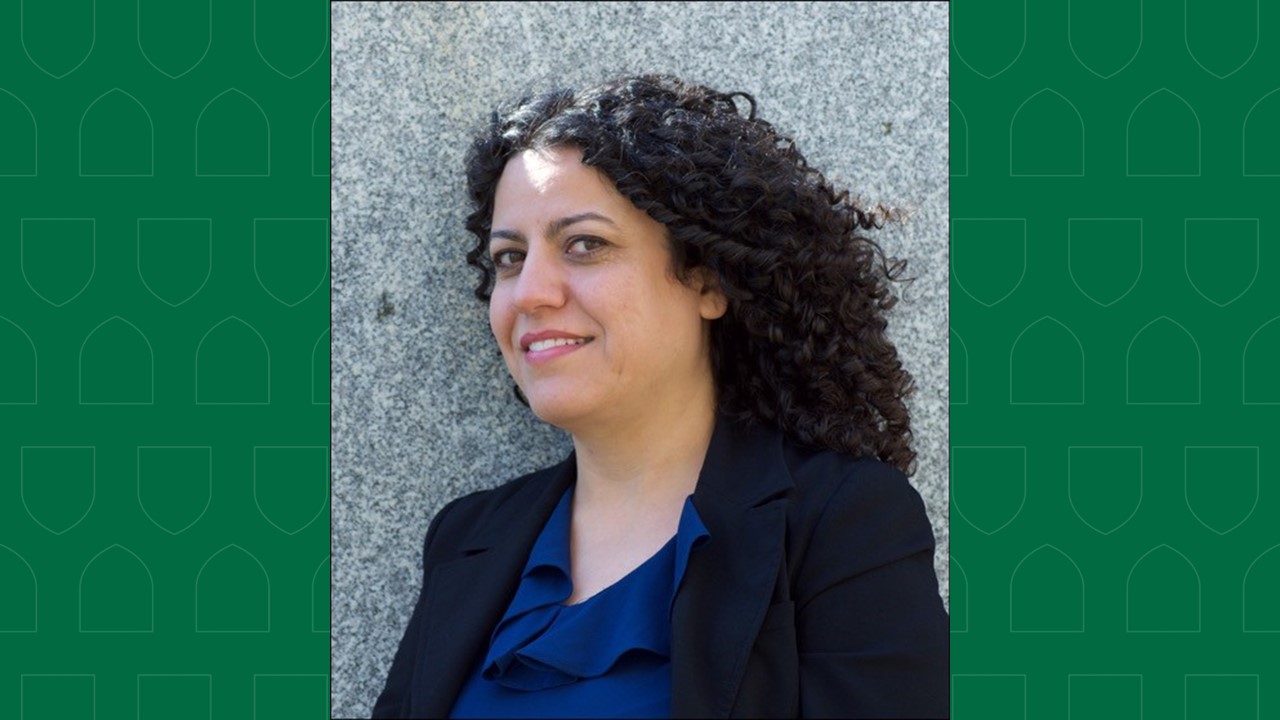
What Physics Can Tell Us About Inflammatory Pulmonary Disease, with Dr. Asmahan AbuArish
Asmahan AbuArish grew up in Hebron, surrounded by military checkpoints. She knew she wanted to help people, but she had to give up her dream of being a medical doctor.
By Researchers Under the ScopeListen to all episodes of Researchers Under the Scope podcast.
Fortunately, AbuArish is no quitter.
She discovered physics — and this science’s very real applications in curing inflammatory pulmonary diseases such as cystic fibrosis (CF) and chronic obstructive pulmonary disease (COPD).
Last year, Dr. AbuArish arrived at the University of Saskatchewan to open her own lab, landing $175,000 through the Canada Foundation for Innovation's John Evans Leaders Fund.
Today, Dr. Asmahan AbuArish is an assistant professor of anatomy, physiology and pharmacology at the USask College of Medicine. She is a quantitative molecular biophysicist.
AbuArish admits she avoided biology and classes involving memorization during her studies, thinking she'd pursue a career as a teacher. But she kept asking questions during physics labs and eventually found herself reconstructing two-dimensional images of the data she'd collected.
"This is when I thought, this is my data coming alive and I'm looking at it in 3D," AbuArish said. "This was fascinating. This is when I realized I'm doing something nobody has done before."
From that moment, AbuArish said she was hooked.
In this episode, she explains why patterns, data modeling and fruit fly models, combined with a super-resolution scanning confocal microscope, will enable her to perform advanced biophysics analyses.
Detailed imaging and fluorescent molecular tagging allow AbuArish and her team to figure out which pulmonary medications will — and won’t work.
That means her work has immediate implications for patients with CF and COPD.
"I'm interested in understanding how does the healthy complete form of the molecule function, and then how does it function? How does the mutant function? How do they behave? What is the difference in their behaviors?"
